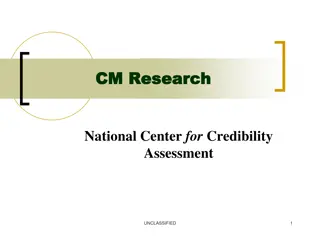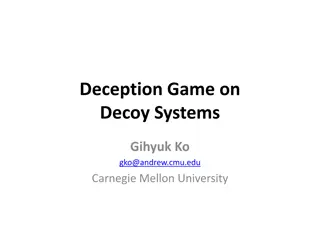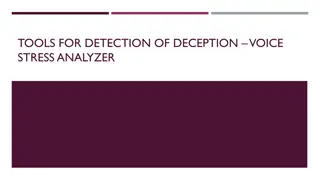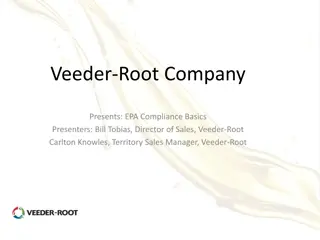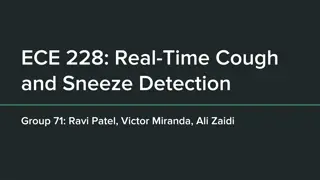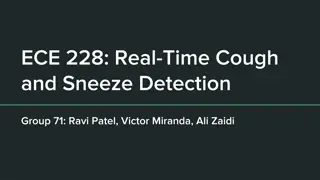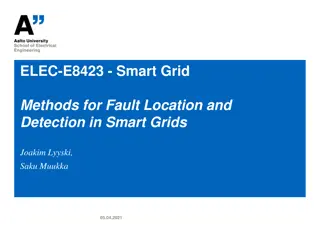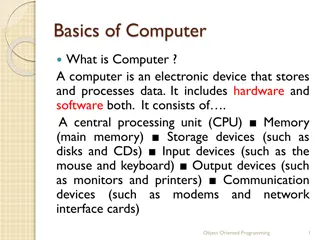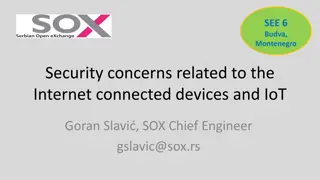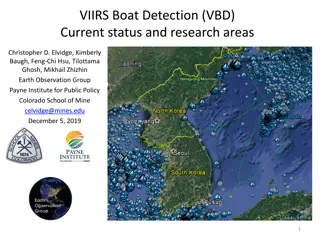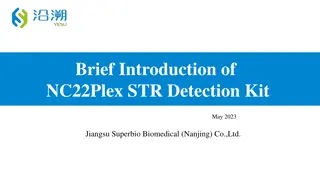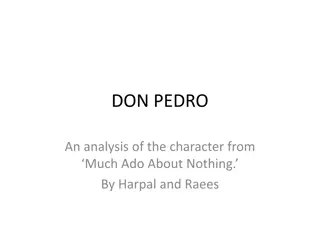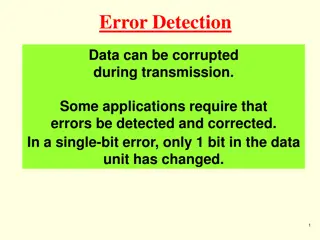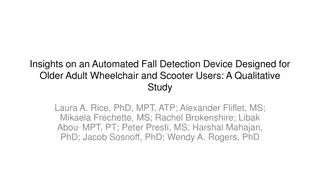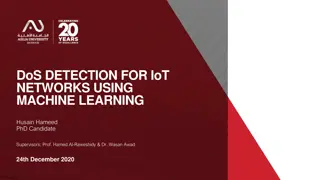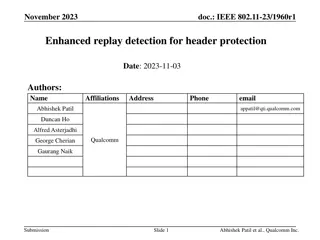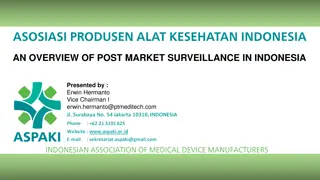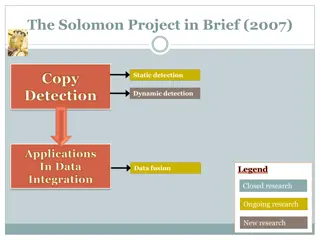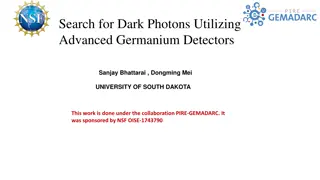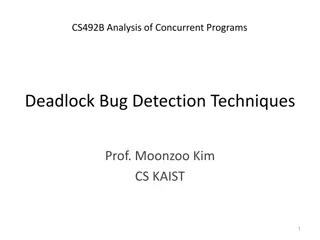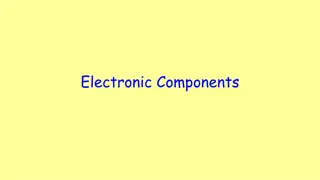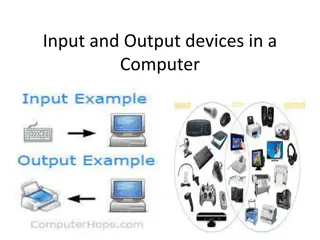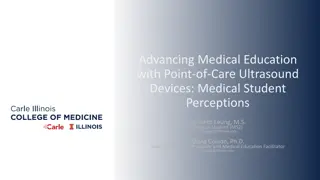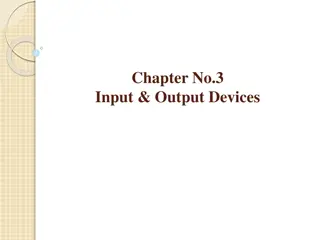Methods and Devices for Detection of Deception
Various methods and devices are used for the detection of deception, including physiological responses recording, drug usage, hypnotism, observation, scientific interrogation, and confession. Deceptive behaviors manifest in verbal responses, posture changes, gestures, movements, and facial expressions. Physiological detection is done through devices like the polygraph, measuring changes in skin conductance, blood pressure, respiration, and heart rate. The lie detector employs different tests to uncover deceitful behavior patterns.
Download Presentation

Please find below an Image/Link to download the presentation.
The content on the website is provided AS IS for your information and personal use only. It may not be sold, licensed, or shared on other websites without obtaining consent from the author. Download presentation by click this link. If you encounter any issues during the download, it is possible that the publisher has removed the file from their server.
E N D
Presentation Transcript
Detection of Deception Devices which record the psycho-physiological response. 1. Use of drugs that try to inhibit the inhibitor 2. Hypnotism 3. By observation 4. Scientific Interrogation 5. Confession 6.
General Verbal Responses : May take longer to start answering May answer to quickly or before the question is completed Often ask the questioner to repeat the question or they repeat it themselves Persistent complaints Unnatural silence
The Behavioral Clusters of Deception: Deceptive people follow certain behavioral patterns. General Behaviors: Increased discomfort and anxiety, hostility, unmerited anger towards you, persistent evasiveness, resistance Posture: Early signs of extreme rigidity followed by alternating stiffness and relaxation. Hands, legs, objects put in front of body to form a barrier (folding arms, crossing legs, etc.). Feigned lack of interest. Posture changes caused by topic changes. Not facing you. Distancing or leaning away from you. Gestures and Movements: Rubbing the forehead near the temple region. Squeezing the face, rubbing the neck, or stroking the back of the head with the hand. Using fewer hand movements to illustrate their actions than usual. Movement away from you. Lip licking and hard swallowing. Wringing hands. Hiding the eyes General Expressions: Averting the eyes. Focusing the eyes - some will try to stare down to show control. (A truthful person stares only half the time on average). Face whitening. Face flushing.
LIE DETECTOR / POLYGRAPH
Physiological detection of deception (PDD) The polygraph measures physiological changes caused by the sympathetic nervous system during questioning. GALVANOGRAPH : Skin conductance changes / Galvanic skin response (GSR) (sweating) SPHYGMOMANOMETER : Blood pressure PNEUMOGRAPH : Thoracic and abdominal respiration Heart rate Directly measure arousal or other cognitive processes. Polygram refers to the composite records of pneumograph, Galvanograph and cardiosphygmograph tracings recorded from series of questions.
The lie detector refers more to the test used Relevant/Irrelevant test Rising Peak of Tension Comparison Question Test Directed Lie Test Concealed Information Test
Principle The autonomic nervous system acts as a self-regulating autonomic response of the body. Autonomic nervous system is composed of two complimentary branches: the sympathetic and the parasympathetic nervous system, acting opposite each other. When a person is under the influence of physical (exertion) or emotional (anger, excitement, fear, lie detection, etc.) stimuli, the sympathetic will dominate and over-ride the parasympathetic, thus there will be a changes in the heart rate, pulse rate, blood pressure, respiratory tracing, psycho galvanic reflexes, time of response to question, voice tracing, etc. The parasympathetic nervous system works to restore things to normal when the conditions of stress have been removed. It is the dominant branch when the condition is normal and the subject is calm, contented and relaxed. The recording of some of the psycho-physiological reaction of a subject when he is subjected to a series of questions, and the scientific interpretation by trained experts are the basis of the tests.
Relevant/Irrelevant Test Earliest method of polygraph testing Two kinds of questions Relevant : Deal with issue at hand Irrelevant : Deal with outside facts or details Assumption: A liar or guilty person will be more aroused by relevant questions than Irrelevant ones, while an innocent person will show no difference So, if arousal(relevant) > arousal(irrelevant) = lying
Peak of Tension (POT) Developed by Keeler Can be used when specific details of a crime are unknown to the investigator Suspect is presented serially with potential relevant clues Areas in which a body may be located Amounts of money that may have been stolen Assumption: A guilty person will react strongest when the correct alternative is chosen An innocent person may simply become more aroused as the test goes on, but will not show a significant sudden increase in arousal to one alternative
Concealed Information Test (CIT) AKA Guilty Knowledge Test (GKT). Developed by David Lykken in 1958. Rather than trying to detect arousal caused by lying, tries to detect arousal from recognition of guilty knowledge . Multiple-choice (serially presented) questions where the investigator knows the correct answer What was the weapon used to kill Mr. Boddy? Candlestick Rope Revolver Lead Pipe Assumption: A guilty person s arousal will increase upon recognizing the correct alternative due to involuntary orienting response Innocent person will not be able to discern the correct alternative from the others
Invasive Technique. This method of deception detection is practically the same as that of administration of truth serum (HYOSCINE HYDROBROMIDE ). The only difference is the drug used. Psychiatric sodium amytal or sodium penthotal/ sodium pentathal is administered by the subject. When the effects appear , questioning starts. It is claimed that the drug causes depression of the inhibitory mechanism of the brain and the subjects talk freely. The administration of the drug and subsequent interrogation must be done by a psychiatrist. Like the administration of the truth serum, the result of the test is not admissible.
Hypnotism means sleep. Trance like mental state in which people experience increase attention, concentration and suggestibility. It is the alteration of consciousness and concentration in which the subject manifests a heightened of suggestibility while awareness is maintained. Not all persons are susceptible to hypnotic induction. Subjects who are compulsive-depressive type, accountants, physicians and other professionals are usually non- hypnotizable. strong-willed like lawyers,
BRAIN FINGERPRINTING
Invented by Dr. Lawrence A. Farwell. Also known as brain mapping, brain scanning and P300 Test. Measures recognition of familiar stimuli by measuring electrical brain wave responses to words, phrases or pictures.
Principle Brain fingerprinting uses brain waves to test memory. A suspect is given words/images in a context that would be known only to police or the person who committed the crime Electrical signal known as P300 is emitted from brain beginning approx. 300 milliseconds after it is confronted with a stimulus. No verbal response is required. Subject wears a special headband with electri sensors that measues the EEG from several locations of the scalp. Stimulus : 3 types : Irrelevant Target Probe
Brain electrical oscillation signature profiling. Developed by. Dr. C. R. Mukundan. The BEOS test was designed and developed as an alternative method to the use of polygraph based lie-detection test and test based on recognition measured by event related potential of P300. Based on knowing and remembrance. BEOS is a neurocognitive indicator of the presence of remembrance taking place in the brain, when the same is cued by probes referring to previous experiences. They are presented in a sequential manner to an individual, who sits silently, without having to give any response to the probes. There are several changes associated with remembrance that take place in the brain during retrieval and BEOS score of Experiential Knowledge (EK) is a reflection of several of them. Applicable in forensic field for detection of a person as suspect, accused, witness or complainant.


